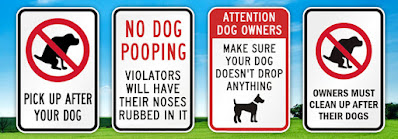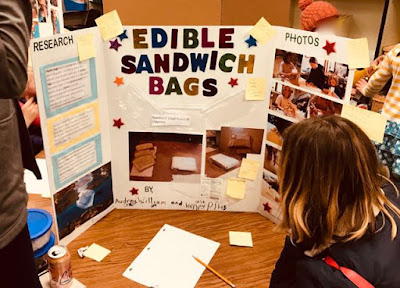The Anchorage Museum has a dog exhibit this summer. I thought about the dog pictures people put up on social media platforms and skipped it. I was more interested in the famous artists:
"historical images, contemporary art, and major artworks on loan from the National Gallery of Art, the Smithsonian American Art Museum, the Art Bridges Foundation, the Kalamazoo Institute of Arts, the Nevada Museum of Art, and the Stanley Museum of Art.
Artists included in this exhibition include: Rebecca Lyon, Daniel Martinez, Ken Lisbourne, Jessica Winters, Adolph Gottlieb, Grace Hartigan, Theodore Roszak, Kurt Riemann, Conrad Marca-Relli, Trevor Paglen, Peter Ermey, Amy Burrell, Annie Murdock, Mark Rothko, Vera Mulyani, Franz Kline, Charles Stankievech, Willem de Kooning, Jackson Pollock, Ben Huff, and Dan Deroux."
I was particularly looking to see the Mark Rothko paintings. Okay, it takes a certain kind of person to be excited about Rothko's art. And standing before one is a very different experience than looking a pictures of them. Unfortunately, there was only one piece of his - not a particularly exciting one - and all these artists' paintings were somehow used to illustrate an installation on
"COLD WAR TO THE COSMOS: DISTANT EARLY WARNING SYSTEMS AND THE ARCTIC"
The best part as I cursorily walked through it were the parts related to Peter Dunlap-Shohl's Nuking Alaska. I had been expecting a great art exhibit, but the paintings were used to illustrate the Cold War. I probably should go back. (Generally I like the juxtaposition of unexpected things, but I was looking forward to the Rothkos and was disappointed there was only one.)
But this recent visit was to see what they did with dogs. And they did very well. A thoughtful exhibit.
There were plenty of sled dogs. But they were given a bit more context than they usually get.
 |
| Rosie Charlie, Basket c1972 |
 |
| Pootoogook, Composition (Woman with Dogsled) 1991 |
 |
| Gordon Parks, Woman and Dog in Window, Harlem, New York 1943 |
SUMMER HOURS (May - September)
10 A.M. to 6 P.M. Monday - Sunday
*Extended hours through 9 p.m. on First Fridays with free admission after 6 p.m.
MUSEUM Admission & Tickets
$25 Adult (18-64)
$20 Alaska resident (18-64)
$18 Ages 13-17, senior (ages 65+), military, and students
$12 Ages 6-12*
FREE Children age 5 and younger, museum members, and enrolled members of federally recognized tribes.


















































